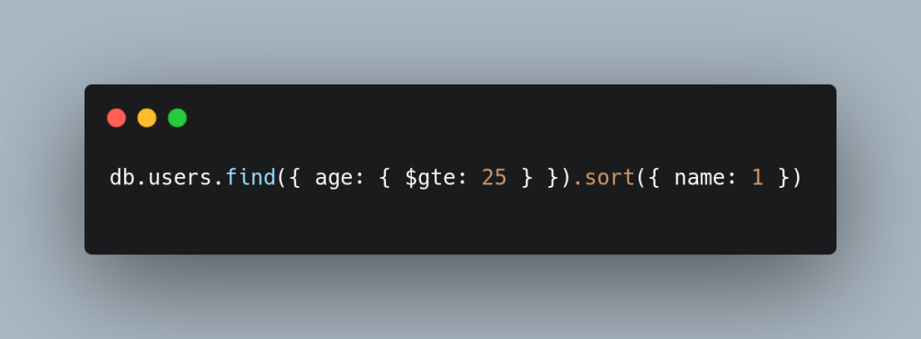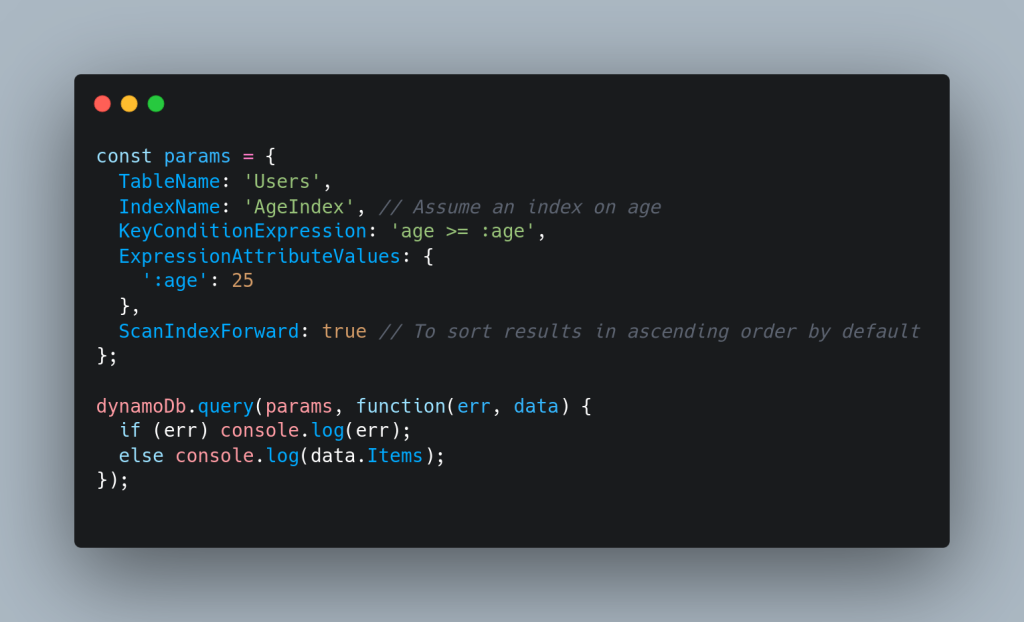Should You Choose AWS DynamoDB for Your Next Project?
When I started my career as a software engineer, I was curious about the differences between databases used in different environments. In our local development, we used MongoDB, a popular NoSQL database. But when our application was deployed to production, we switched to AWS DynamoDB. I wondered why we didn’t stick with MongoDB in production since we were already familiar with it. My team lead explained the reasons behind using DynamoDB, and I want to share those insights with you in this article.
Understanding DynamoDB
AWS DynamoDB is a fully managed NoSQL database service provided by Amazon Web Services (AWS). Unlike MongoDB, which you need to manage yourself, DynamoDB handles the operational aspects of scaling, backups, and high availability. This can significantly reduce the complexity of managing your database infrastructure.
Why DynamoDB Over MongoDB?
1. Scalability
DynamoDB is designed to handle very high throughput and scale seamlessly. It can automatically scale up or down based on your application’s needs, which is a significant advantage for projects with unpredictable traffic patterns. For instance, if you’re running a high-traffic e-commerce site, DynamoDB can handle spikes in traffic without requiring manual intervention.
In contrast, while MongoDB can be scaled horizontally, it requires more manual setup and management. Sharding and replication are not always straightforward and can lead to operational overhead.
2. Performance
DynamoDB provides consistent single-digit millisecond response times, which is crucial for applications that require low-latency data access. This is achieved through DynamoDB’s use of SSD storage and its ability to distribute data across multiple servers automatically.
Here’s a quick comparison of a query in MongoDB vs. DynamoDB:
MongoDB Query:
DynamoDB Query:
3. Managed Service
DynamoDB is a fully managed service, meaning AWS takes care of maintenance tasks like patching, backups, and scaling. This frees up your team to focus on development rather than database management. For a busy development team, this can be a game-changer, allowing us to focus on building features rather than managing infrastructure.
4. Integration with AWS Ecosystem
If your project is already using other AWS services, DynamoDB integrates seamlessly with them. For example, it works well with AWS Lambda, which can be used to trigger functions based on DynamoDB events. It also integrates with AWS CloudWatch for monitoring and AWS IAM for security management. This tight integration can simplify your architecture and make your application more robust.
5. Reduced Costs
While it’s true that DynamoDB might seem more expensive compared to managing your own database servers, it actually saved us money in the long run. We no longer needed to maintain a dedicated operations team to monitor database performance. With its on-demand pricing model, we only paid for what we used. In periods of low traffic, our costs automatically decreased.
Real-Life Example
In one of my recent projects, we used DynamoDB to handle user data and application logs. We faced a situation where our application had to handle variable traffic, including sudden spikes. Initially, we used MongoDB, but managing the scaling and performance became challenging as traffic grew.
After migrating to DynamoDB, we noticed significant improvements:
- Reduced Latency: Queries that took several milliseconds in MongoDB are now executed in single-digit milliseconds.
- Automated Scaling: DynamoDB’s auto-scaling handled traffic spikes smoothly without manual intervention.
- Operational Efficiency: The managed nature of DynamoDB meant less time spent on database maintenance and more time on development.
Conclusion
Choosing the right database for your project can have a huge impact on performance, scalability, and operational efficiency. AWS DynamoDB offers several advantages over MongoDB, especially in terms of scalability, performance, and ease of management. For projects that require high performance and can benefit from a fully managed service, DynamoDB is a compelling choice.
While MongoDB is a great database with its strengths, DynamoDB’s integration with the AWS ecosystem and its scalability features make it a strong candidate for many production environments. Evaluating your project’s specific needs will help you decide whether DynamoDB is the right fit. For our team, the switch to DynamoDB has led to better performance and efficiency, and it could do the same for you.



